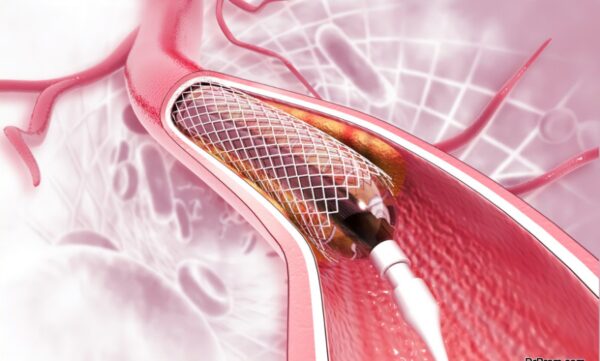
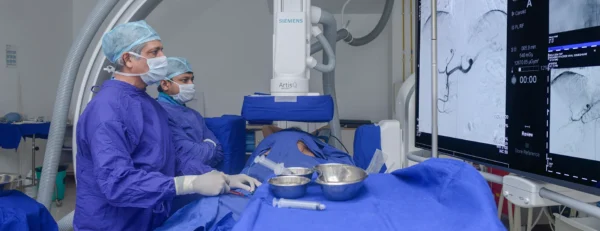
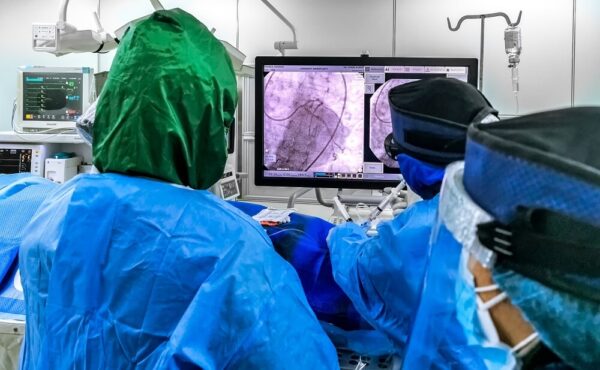
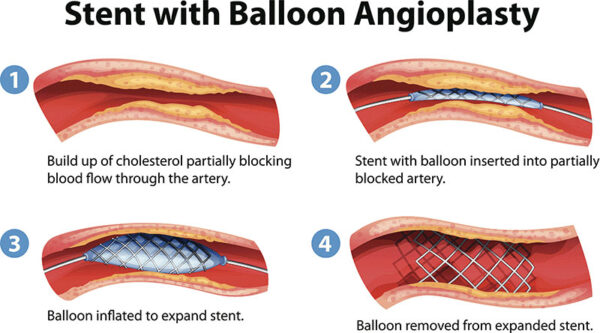


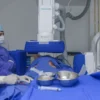

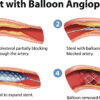

| No. | Hospital stays for 1 night | Costs |
|---|---|---|
| 1 | Double room | 100$ |
| 2 | One Bedroom | 125$ |
| 3 | CCU | 160$ |
| 4 | ICU | 250$ |
| 5 | Companion | 15$ |
From: 1,000.00$
Embark on a transformative journey with our exceptional range of medical treatments. As a leading medical tour operator, we offer a comprehensive selection of world-class treatments and procedures to address your unique healthcare needs. From advanced surgeries to cutting-edge therapies, our team of experienced professionals is dedicated to providing top-notch care and ensuring your comfort and satisfaction. Discover a new level of healthcare excellence with our tailored treatment options. Book now to start your journey towards a healthier and happier you.
CTO Angioplasty, also known as Chronic Total Occlusion (CTO) Percutaneous Coronary Intervention (PCI), is a specialized procedure used to open completely blocked coronary arteries that have been occluded for three months or longer. These blockages are typically caused by severe atherosclerosis, where fatty deposits build up within the arteries.
CTO angioplasty is a highly specialized and technically challenging procedure. It requires advanced skills and equipment, and is performed by interventional cardiologists with specific training in treating chronic total occlusions.
CTO angioplasty is a vital procedure for patients with significant coronary artery disease, offering a less invasive option with a quicker recovery time.
Only logged in customers who have purchased this product may leave a review.
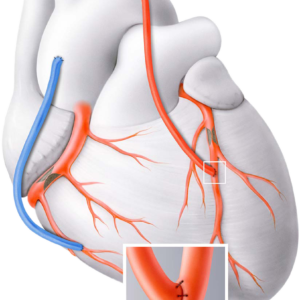
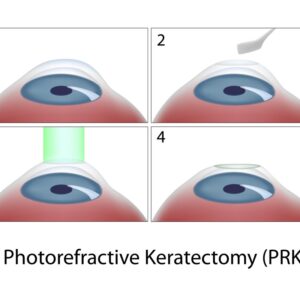
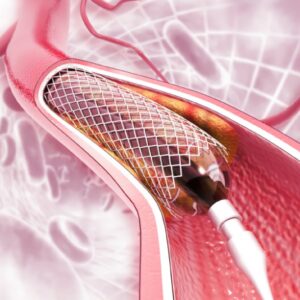
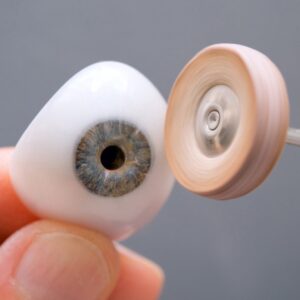
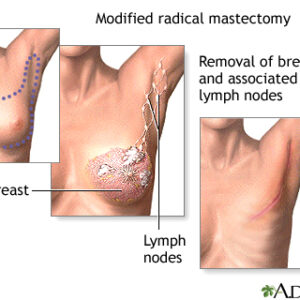
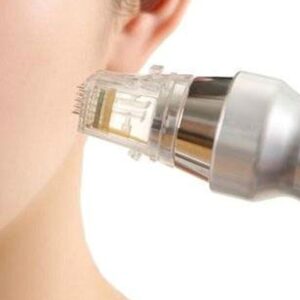
CTO Angioplasty, also known as Chronic Total Occlusion (CTO) Percutaneous Coronary Intervention (PCI), is a specialized procedure used to open completely blocked coronary arteries that have been occluded for three months or longer. These blockages are typically caused by severe atherosclerosis, where fatty deposits build up within the arteries.
CTO angioplasty is a highly specialized and technically challenging procedure. It requires advanced skills and equipment, and is performed by interventional cardiologists with specific training in treating chronic total occlusions.
CTO angioplasty is a vital procedure for patients with significant coronary artery disease, offering a less invasive option with a quicker recovery time.
There are no reviews yet.
Only logged in customers who have purchased this product may leave a review.
Choosing the right hospital and physician are important factors to consider that significantly influence a patient’s treatment. The preferred choice for many patients is choosing private care.
Choosing the right hospital and physician are important factors to consider that significantly influence a patient’s treatment.
Reviews
There are no reviews yet.